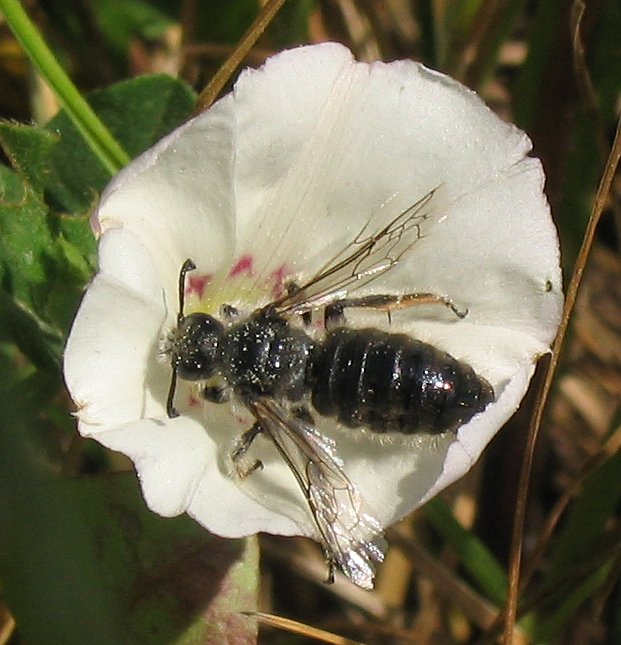|
Lipotriches Fulvinerva
''Lipotriches fulvinerva'' is a species of bee in the genus ''Lipotriches In biology, ''Lipotriches'' is a large genus of sweat bees in the family Halictidae, distributed widely throughout the Eastern Hemisphere though absent from Europe. There are nearly 200 species in 9 subgenera. They commonly have prominent bands o ...'', of the family Halictidae. References Halictidae Insects described in 1907 {{sweat-bee-stub ... [...More Info...] [...Related Items...] OR: [Wikipedia] [Google] [Baidu] |
Lipotriches
In biology, ''Lipotriches'' is a large genus of sweat bees in the family Halictidae, distributed widely throughout the Eastern Hemisphere though absent from Europe. There are nearly 200 species in 9 subgenera. They commonly have prominent bands of hair on the margins of the metasomal segments. Description and biology Members of this genus are important pollinators of plants, especially grasses, in fact 5 species of this genus from South Africa South Africa, officially the Republic of South Africa (RSA), is the Southern Africa, southernmost country in Africa. It is bounded to the south by of coastline that stretch along the Atlantic Ocean, South Atlantic and Indian Oceans; to the ... are recorded to gather grass pollen, with four doing so exclusively. They often have more slender bodies relative to other nomiine bees. Species * '' Lipotriches ablusa'' (Cockerell, 1931) * '' Lipotriches acaciae'' (Cockerell, 1935) * '' Lipotriches adelaidella'' (Cockerell, 1910) * '' ... [...More Info...] [...Related Items...] OR: [Wikipedia] [Google] [Baidu] |
Halictidae
Halictidae is the second-largest family of bees (clade Anthophila) with nearly 4,500 species. Halictid species are an extremely diverse group that can vary greatly in appearance. These bees occur all over the world and are found on every continent except Antarctica. Usually dark-colored (frequently brown or black) and often metallic, halictids are found in various sizes, colors and patterns. Several species are all or partly green and a few are red, purple, or blue. A number of them have yellow markings, especially the males, which commonly have yellow faces, a pattern widespread among the various families of bees. The family is one of many with short tongues and is best distinguished by the arcuate (strongly curved) basal vein found on the wing. Females in this family tend to be larger than the males. They are commonly referred to as "sweat bees" (especially the smaller species), as they are often attracted to perspiration. Ecology Most halictids nest in the ground, often in ha ... [...More Info...] [...Related Items...] OR: [Wikipedia] [Google] [Baidu] |
